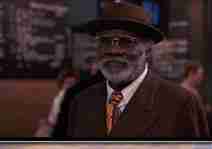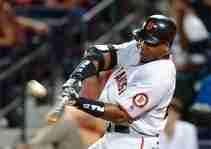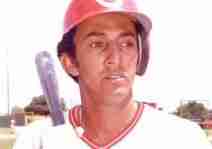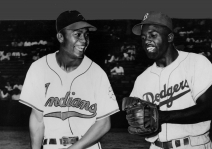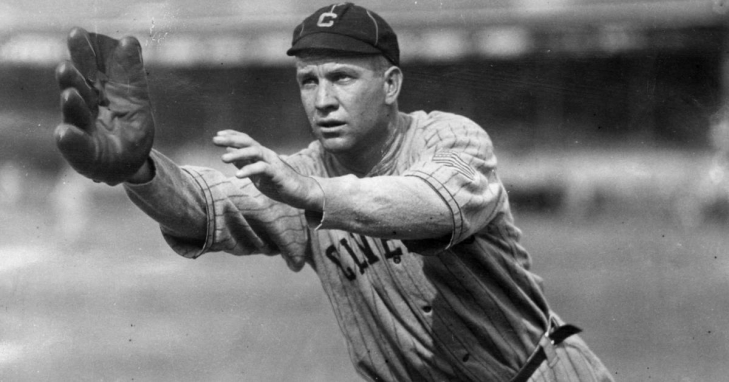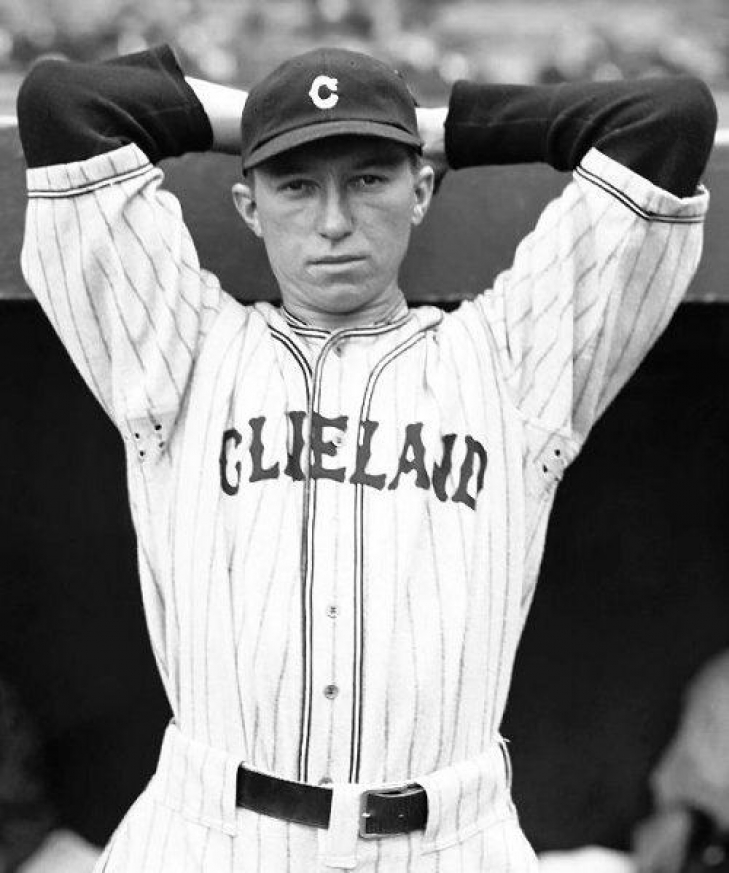Warning: Attempt to read property "params" on null in /home/notinhal/public_html/plugins/k2/k2canonical/k2canonical.php on line 382
4. Lou Boudreau
A two-sport star (Basketball and Baseball) at the University of Illinois, Lou Boudreau focused on Baseball, and the Cleveland Indians were blessed by that decision.
3. Tris Speaker
The Boston Red Sox made another regrettable trade before they jettisoned Babe Ruth to the New York Yankees. A couple of years early, they traded Centerfielder Tris Speaker, who they asked to take a pay cut after an off-year (where he still batted .322!). Speaker refused, and the former MVP two-time World Series Champion and was traded to Cleveland in 1916.
9. Mel Harder
A Cleveland Indian for his entire career, Mel Harder debuted for the Tribe in 1928, where he was used in relief in his first two seasons when he was on their main roster and not in the minors.
17. Corey Kluber
Corey Kluber was one of the top hurlers in the American League throughout the 2010s, which could have happened in the NL had San Diego never traded him before he made the Majors. Kluber came to Cleveland as part of a three-team trade in 2010, and after a few games in the next two years, he would make the starting rotation.
13. Early Wynn
Early Wynn was an established star with the Washington Senators, and his career achieved greater heights when he was traded to the Cleveland Indians after the 1948 Season.
5. Bob Lemon
Bob Lemon sought out his baseball journey as an everyday player in the Outfield, first debuting in 1941, playing five Games that year and another five in 1942 at the Major League level. During World War II, he joined the Military, missing three years but returned at age 25 and was set to become the starting Centerfielder. He got off to a great start, with a spectacular diving catch saving the win for the Indians. Despite this, the Indians had other ideas, as they needed pitching help and thought his past experience on the mound would serve the team better. They would be right.
2. Bob Feller
In our eyes, Bob Feller is not just the greatest Pitcher in the history of the Cleveland Indians, but he is the greatest player ever to play for the team. As seen by the names that follow him on this list, it wasn't an easy decision, but Feller's overall accomplishments proved just too challenging for any other Cleveland Indian to overcome.
6. Stan Coveleski
Stan Coveleski did not accomplish much in his brief time with the Philadelphia Athletics in 1912, and after a few years in the minors, Covelski was back and ready to dominate.
12. Sam McDowell
Sam McDowell had one of the most unimposing yet correct nicknames. When you hear the name "Sudden" Sam, you aren't sure what to think, but what does a "sudden" Pitcher mean? For McDowell, it is in reference to his rapid delivery and the strong odds that he would strike you out.
8. Earl Averill
Earl Averill was the best player for the Indians throughout the 1930s, which was made more impressive as he did not make it to the Majors until he was 27.
1. Nap Lajoie
If anyone was going to be number one on this list over Bob Feller, it is Napoleon Lajoie, who we are still openly debating whether we made a mistake on this one.
15. Larry Doby
A star with the Newark Eagles of the Negro Leagues, Larry Doby was the first African-American player in the American League when he debuted for the Cleveland Indians in 1947.


